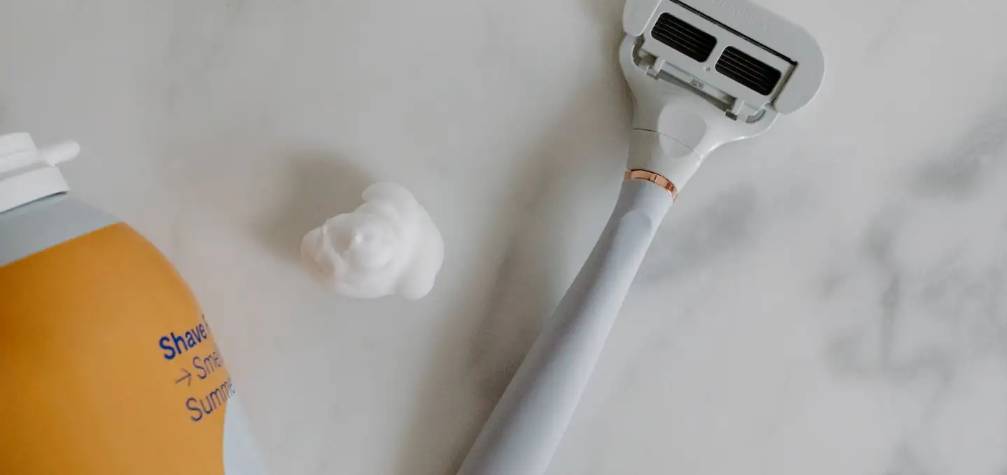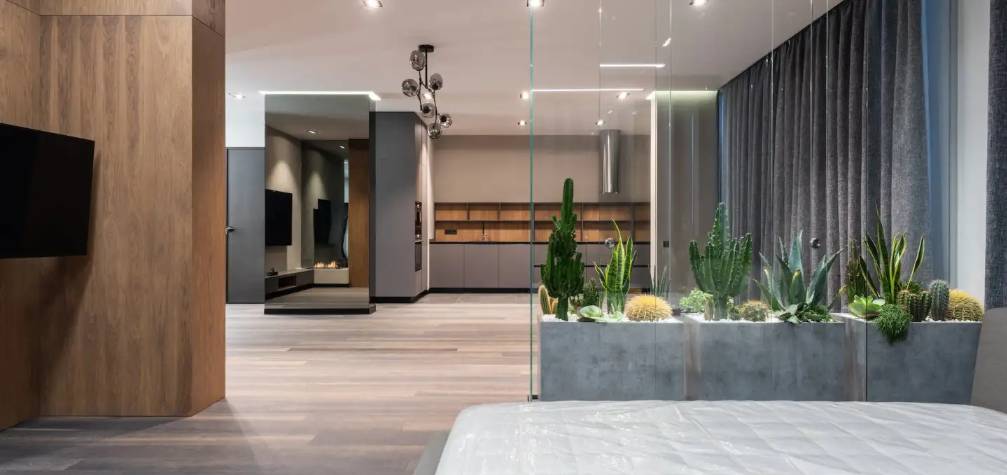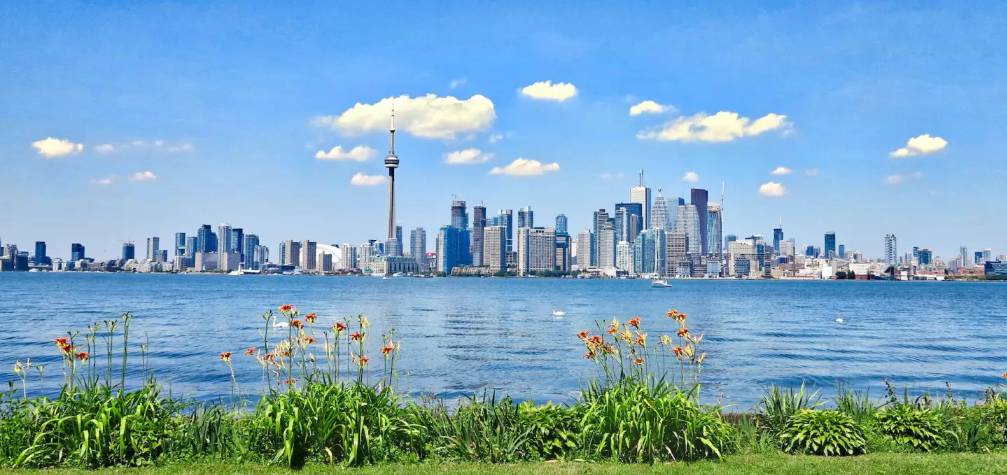The Power of Color: Psychology in Fashion and Home Design
6 min read
10 Mar 2025
Color is a powerful and often underestimated element in both fashion and home design. It has the ability to evoke emotions, influence moods, and convey messages without words. Understanding the psychology of color can be a valuable tool for creating harmonious and visually appealing spaces. In this guide, we will explore how color impacts our perception of fashion and home design and offer insights on how to use color effectively to achieve your desired atmosphere and style.
The Influence of Color in Fashion
Red: Passion and Energy

Red is a bold and attention-grabbing color that conveys passion, energy, and excitement. It is often associated with love and can make a strong statement in fashion. A red dress or accessory can add vibrancy and confidence to your outfit.
Blue: Calm and Trust
Blue is a calming and trustworthy color. It is often chosen for professional attire and uniforms because it exudes reliability and confidence. Wearing blue can also evoke a sense of serenity and ease.
Yellow: Happiness and Optimism
Yellow is a joyful and optimistic color that can instantly uplift your mood. It is associated with sunshine and can be incorporated into fashion through accessories or clothing to add a pop of brightness.
Green: Balance and Harmony
Green represents balance and harmony. It is associated with nature and growth, making it a popular choice for eco-friendly and sustainable fashion. Wearing green can convey a sense of freshness and renewal.
Black: Elegance and Mystery
Black is a classic color that exudes elegance and sophistication. It is often chosen for formal occasions and can create a sense of mystery and allure. Black is a versatile color in fashion and is known for its slimming effect.
White: Purity and Simplicity
White symbolizes purity and simplicity. It is a timeless choice for wedding attire and summer fashion. Wearing white can create a clean and fresh look, but it may require extra care to avoid stains.
Pink: Playfulness and Romance
Pink is a playful and romantic color that comes in various shades, from soft pastels to vibrant fuchsias. It is often associated with femininity and sweetness. Wearing pink can evoke feelings of love and tenderness.
Brown: Earthiness and Warmth
Brown is an earthy and warm color that can create a cozy and grounded feeling in fashion. It is often used for fall and winter clothing and can convey a sense of reliability.
The Impact of Color in Home Design
Living Room
In the living room, color choices can influence the atmosphere and social interactions. Warm colors like red and orange promote conversation and energy, while cool colors like blue and green create a calming and relaxing space. Consider using a mix of colors to strike the right balance for your living area.
Bedroom
The bedroom is a sanctuary for rest and relaxation. Soft and muted colors such as pastel blues, greens, or lavender can promote tranquility and improve sleep quality. Avoid overly stimulating colors in the bedroom to create a serene environment.
Kitchen
The kitchen is often the heart of the home. Bright and warm colors like yellow and red can stimulate appetite and create a lively atmosphere. Neutral tones like white and gray offer a clean and modern look, while earthy tones like brown and green can bring a sense of nature and freshness to the kitchen.
Bathroom
Bathrooms benefit from clean and fresh color palettes. Light blues and aqua tones can evoke a spa-like ambiance, while whites and soft neutrals create a sense of cleanliness and purity. Adding accents of color through towels and accessories can enhance the overall design.
Home Office
Color plays a crucial role in a home office's productivity and focus. Blue and green can improve concentration, while yellow can stimulate creativity. Choose colors that align with your work goals and preferences to create an inspiring and productive workspace.
Dining Room
The dining room is often associated with gatherings and celebrations. Deep and rich colors like burgundy or dark green can create an intimate and cozy dining atmosphere. Combining warm and cool colors can strike a balance between energy and relaxation.
Using Color Effectively
Consider Your Personal Preferences
While understanding the psychology of color is valuable, it's essential to consider your personal preferences and how specific colors make you feel. Choose colors that resonate with you and reflect your personality and style.
Balance and Contrast
Creating balance and contrast is key to effective color use. Pairing complementary colors or using a mix of warm and cool tones can create visual interest and depth in both fashion and home design.
Experiment with Accents
If you're hesitant about using bold colors, start with small accents like accessories in fashion or throw pillows in home design. Accents can add pops of color without overwhelming the overall look.
Test Samples
Before committing to a color in home design, it's advisable to test paint or fabric samples in your space. Lighting and surroundings can influence how a color appears, so sampling ensures that you achieve the desired effect.
Seek Inspiration
Look for inspiration in fashion magazines, interior design books, or online platforms like Pinterest. Explore color combinations and designs that resonate with your vision and style.
Conclusion
Color is a powerful tool that can evoke emotions, convey messages, and transform spaces. By understanding the psychology of color and applying it effectively in both fashion and home design, you can create harmonious and visually appealing environments that reflect your personality and preferences. Whether you're choosing colors for your wardrobe or revamping your living spaces, color has the ability to enhance your mood, tell a story, and make a lasting impression.


